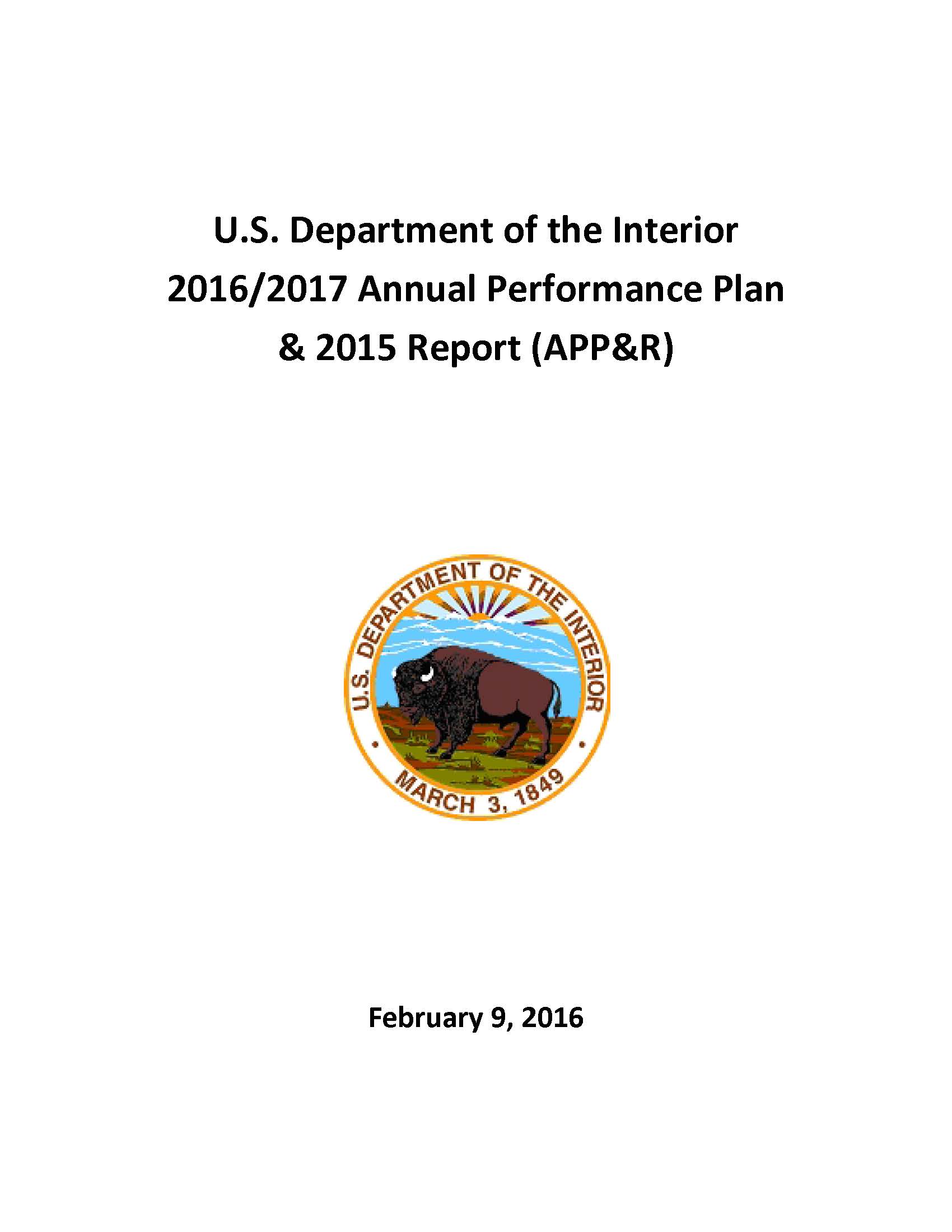- Home
- Agencies
- Department of Agriculture
- Department of Housing and Urban Development
- General Services Administration
- Department of Commerce
- Department of the Interior
- National Aeronautics and Space Administration
- Department of Defense
- Department of Justice
- National Science Foundation
- Department of Education
- Department of Labor
- Office of Personnel Management
- Department of Energy
- Department of State
- Small Business Administration
- Environmental Protection Agency
- Department of Transportation
- Social Security Administration
- Department of Health and Human Services
- Department of the Treasury
- U.S. Agency for International Development
- Department of Homeland Security
- Department of Veterans Affairs
- Goals
- Initiatives
- Programs
Primary tabs
Key to Changes
This text is Revised text
This word has been added to the text
This text is Last Published text
This word has been removed from the text
Modifed styling with no visual changes
Strategic Objective
Sustain fish, wildlife, and plant species
Strategic Objective
Overview
Protecting America’s landscapes and natural resources is among the Department’s high priority conservation goals. The Department manages over 530 million acres of public lands, together with associated waterways and plant and animal species. In addition, the Department provides grant funding to States and Tribes for mitigating the adverse environmental effects of past mining on private lands. Land in desired condition is valued for providing ecosystem services, recreational and scenic merits, and vast open spaces, which contribute to public enjoyment and health. Maintaining or improving the condition of stream and shoreline miles benefits fish populations, enhances wildlife habitat, and contributes to a balanced ecology. The Nation’s forests, mountains, wetlands, grasslands, and deserts host biological diversity that is critical to overall ecosystem health, and species survival and well-being. Protecting the thousands of native plant and animal species, including those with special status under the Endangered Species Act (ESA), preserves the rich natural legacy of this Nation both today and for future generations.
Read Less...Progress Update
The Department of the Interior, in consultation with the Office of Management and Budget, has highlighted this objective as a focus area for improvement. Most of the land and water health and wildlife management performance measures sustained level or slightly decreasing performance trends over the past several years. Resources for land and water health and wildlife management have been trending down since 2010, restricting the levels of effort from year to year in carrying out the work plans of the programs supporting these strategies. The continuing resolution and delayed budget in 2012 that caused many programs to adopt cautious plans and sequestration restrictions in 2013 further exacerbated the situation. Programs that were able to sustain performance generally did so because of redirection of resources to higher priority activities, multi-year efforts coming to fruition in 2012-2015, or sustained results from prior-year efforts remaining intact. Future efforts will continue to be challenging as increasingly more variable weather conditions pose difficulties in enabling crews to accomplish objectives. Climate change adaptation strategies are being developed and implemented to mitigate potential impacts and improve resilience. There is some potential for declining performance due to the limited ability to address pervasive and persistent problems, such as invasive species. While the overall goal of protecting America’s landscapes is facing ongoing challenges, performance in maintaining and preserving migratory birds, fish populations, and endangered species is positive.
In 2015, the Department met or exceeded the performance targets on 12 of the 15 measures in these two strategies to improve land and water health and recover and sustain species. Favorable weather, the ability to redirect funds to priority projects, additional partner support, and the deployment of invasives Strike Teams and volunteers led to better-than-expected performance in many areas.









